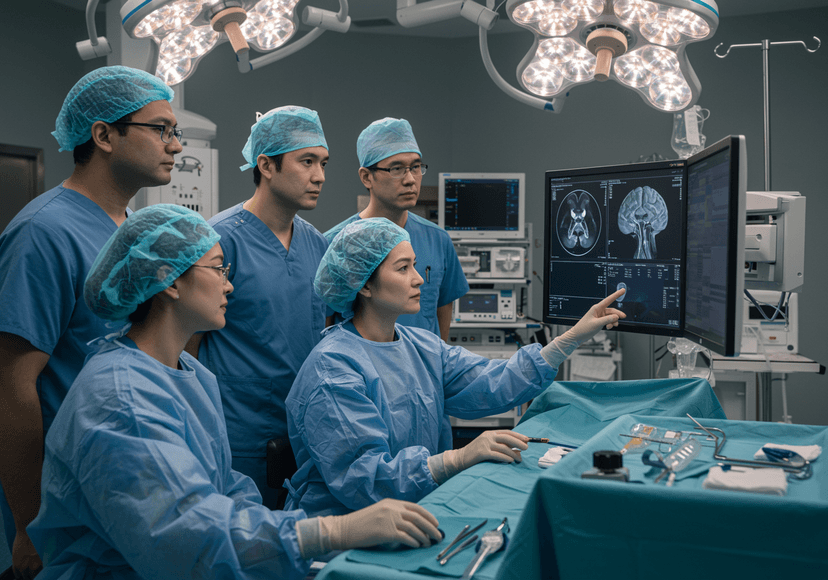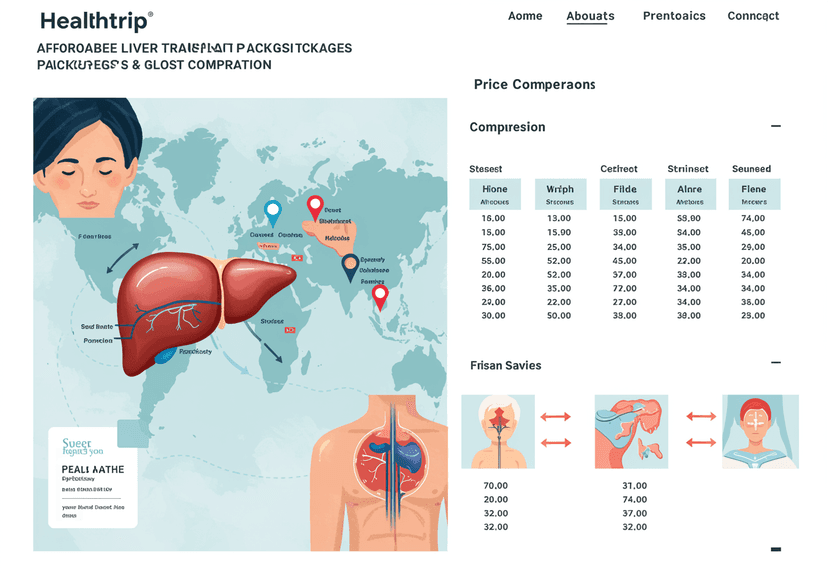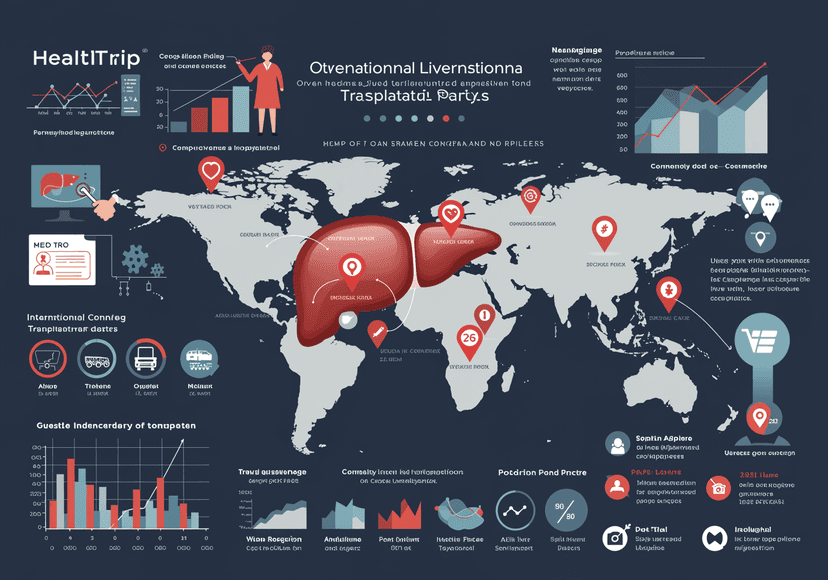
The Concept of Liver Replacement: How It Differs from Transplantation
18 Sep, 2023
 Healthtrip Team
Healthtrip TeamIntroduction:
Liver diseases, ranging from chronic conditions to end-stage liver failure, pose significant challenges to patients and medical professionals alike. Traditional liver transplantation has been a life-saving option for many, but recent advancements have introduced a new approach known as liver replacement. In this blog, we delve into the innovative concept of liver replacement, exploring how it differs from transplantation, its potential benefits, challenges, and whether it could shape the future of liver disease treatment.
A. Liver Replacement: A New Approach
1. A New Frontier in Liver Disease Treatment:
a. The Concept of Liver Replacement
Liver replacement represents a cutting-edge approach that seeks to address the shortage of donor organs and the complexities of traditional transplantation.
Most popular procedures in India
b. Minimizing Risks with Partial Replacement
Unlike whole-organ transplantation, which involves replacing the patient's entire liver with a donor organ, liver replacement aims to replace only the damaged portions of the liver with healthy cells or engineered tissues. This approach has the potential to offer effective treatment while minimizing the risks associated with complete organ transplantation.
B. What is Liver Replacement and How Does It Differ from Transplantation?
2. Liver replacement involves two main approaches:
a. Cell-Based Therapies and Tissue Engineering
cell-based therapies and tissue engineering. In cell-based therapies, healthy liver cells are introduced into the patient's body, either through injection or implantation. Tissue engineering, on the other hand, focuses on creating functional liver tissues in the laboratory and then transplanting them into the patient.
Wellness Treatments
Give yourself the time to relax
Lowest Prices Guaranteed!

Lowest Prices Guaranteed!
b. Two Approaches to Liver Replacement
These approaches differ from traditional liver transplantation, where an entire liver is replaced, often requiring a suitable donor organ.
C. The Future of Liver Replacement: A Closer Look at the Emerging Technology:
3. Emerging Technologies in Liver Replacement
a. Stem Cell Therapies
Emerging technologies, such as stem cell therapies and 3D bioprinting, are at the forefront of liver replacement research. Stem cells have the potential to differentiate into various liver cell types, offering the possibility of regenerating damaged tissue.
b. 3D Bioprinting
Meanwhile, 3D bioprinting allows scientists to create complex three-dimensional structures using bioink-containing liver cells. These advancements hold promise for custom-engineered liver tissues that can be transplanted to replace damaged portions.
D. A Hope for Patients with End-Stage Liver Disease:
4. Liver Replacement: A Lifeline for End-Stage Liver Disease Patients
a. The Impact of End-Stage Liver Disease
End-stage liver disease can severely impact a patient's quality of life and overall health. Liver replacement offers hope to these patients who might not be suitable candidates for traditional transplantation due to donor shortages or medical complications. By focusing on regenerating damaged tissue and restoring liver function, liver replacement could potentially extend the lives of patients with limited treatment options.
E. The Benefits and Challenges of Liver Replacement:
5. Potential Benefits of Liver Replacement
a. Reduced Reliance on Donor Organs
Liver replacement presents several potential benefits, including reduced reliance on donor organs, minimized risk of rejection, and shorter waiting times for treatment.
b. Ensuring Long-Term Functionality
Additionally, since only specific portions of the liver are replaced, recovery times might be shorter compared to full organ transplantation. However, challenges such as achieving long-term functionality of engineered tissues, ensuring their integration into the patient's body, and addressing ethical concerns related to stem cell use must be overcome.
F. Is Liver Replacement the Future of Liver Disease Treatment?
6. Liver Replacement: A Work in Progress
a. Experimental Stage
While liver replacement shows immense promise, it's important to acknowledge that it's still in its experimental stages. Extensive research, rigorous clinical trials, and regulatory approvals are needed before it can become a standard treatment option.
b. The Continuing Role of Traditional Transplantation
Traditional liver transplantation remains a well-established and effective procedure, and its expertise continues to evolve. Liver replacement could revolutionize liver disease treatment, but it will take time before it becomes a widespread reality.
Conclusion:
Liver replacement is an exciting concept that holds the potential to transform the landscape of liver disease treatment. By focusing on targeted interventions and regenerative approaches, it offers a glimpse of hope for patients with end-stage liver diseases. While the technology is still in its infancy and challenges lie ahead, the progress made so far showcases the dedication of the medical community to push the boundaries of science and medicine. As research and innovation continue to pave the way, the future of liver replacement remains a beacon of promise in the fight against liver diseases.
Related Blogs

Healthtrip: Your Guide to Leading Multi-Organ Transplant Centers
Healthtrip

Healthtrip: Advanced Brain Treatment Options with Expert Surgeons
Healthtrip

Healthtrip: Global IVF Treatment - Journey to Parenthood
Your Path to Parenthood with Healthtrip

Healthtrip: Comprehensive Liver Surgery Programs in Multi-Organ Centers
Healthtrip Transplant Centers

Healthtrip: Affordable Liver Transplant Packages & Global Cost Comparison
Healthtrip Packages

Healthtrip: Navigating International Liver Transplant Options & Prices
Healthtrip










